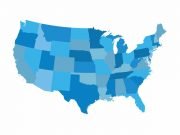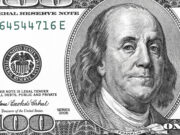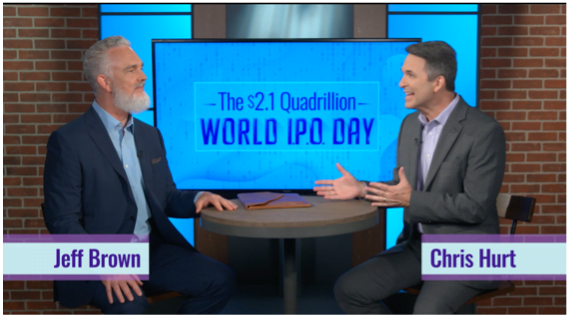Inverse ETFs offer investors a less risky option to short-selling. Here’s how to use them for the most benefit.
Investors use bearish bets to hedge their portfolios and even to turn a quick profit if things get ugly. The main risk of traditional short-selling is that while profit is capped (a stock can only fall to zero), risk is theoretically unlimited. Of course, other tactics can be used to cover a position at any time, but with a short-selling position, inventors are at risk of receiving margin calls on their trading account if their short position moves against them.
Inverse or “short” ETFs are another option that allow you to profit when a certain investment class declines in value. Some investors use inverse ETFs to profit from market declines while others use them to hedge their portfolios against falling prices.
Over short periods of time you can expect that the inverse ETF will perform “the opposite” of the index, but over longer periods of time a disconnect may develop. Inverse ETFs will decline as an asset appreciates over time. For that reason, inverse ETFs typically are not seen as good long-term investments. Furthermore, frequent trading often leads to an increase in fund expenses and some inverse ETFs have expense ratios of 1% or more.
When approached correctly, inverse ETFs can be excellent day-trading candidates and highly effective short-term hedging tools. There are several inverse ETFs that can be used to profit from declines in broad market indexes, such as the Russell 2000 or the Nasdaq 100. Also, there are inverse ETFs that focus on specific sectors, such as financials, energy, or consumer staples.
Here are just a few examples of what’s available, for those who are interested in taking a bearish position with inverse ETFs:
- ProShares Short SmallCap 600 (SBB) – Inverse U.S. small cap
- AdvisorShares Ranger Equity Bear ETF (HDGE) – Inverse total U.S. market
- ProSharse Decline of the Retail Store (EMTY) – Inverse U.S. broad retail
- iPath US Treasury 5-Year Bear ETN (DFVS) – Inverse U.S. Treasury investment
- ProShares UltraShort Technology (REW) – Inverse U.S. Technology
- ProShares UltraShort MSCI Brazil Capped (BZQ) – Inverse MSCI Brazil
- Direxion Daily MSCI Emerging Markets Bear 3x Shares (EDZ) – Inverse MSCI Emerging Markets Index
Should you invest in DFVS right now?
Before you consider buying DFVS, you'll want to see this.
Investing legend, Keith Kohl just revealed his #1 stock for 2022...
And it's not DFVS.
Jeff Bezos, Peter Thiel, and the Rockefellers are betting a colossal nine figures on this tiny company that trades publicly for $5.
Keith say’s he thinks investors will be able to turn a small $50 stake into $150,000.
Find that to be extraordinary?
Click here to watch his presentation, and decide for yourself...
But you have to act now, because a catalyst coming in a few weeks is set to take this company mainstream... And by then, it could be too late.
Click here to find out the name and ticker of Keith's #1 pick...
NEXT:
Get Free Stock Picks via SMS by Signing Up Below!
I would like to receive timely trade ideas and stock watchlists from Wall Street Watchdogs at the phone number provided. Message frequency varies. Message and data rates may apply. Reply HELP for help or STOP to cancel.(Watchdogs SMS Terms of Service & Privacy Policy)













